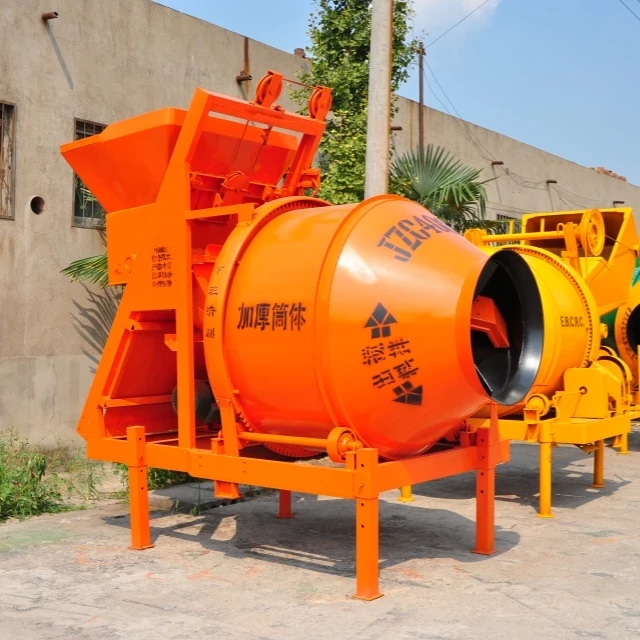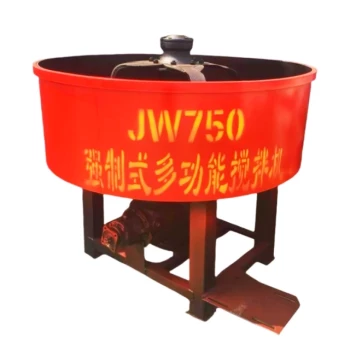Introduction
In high-demand industries like urban construction and water conservancy, managing cement storage while complying with environmental regulations presents a dual challenge. 100-ton cement silos have emerged as a strategic solution, combining advanced dust control mechanisms with operational durability. This article examines how these structures help projects meet EPA standards, reduce material waste, and withstand harsh environments—ultimately saving costs and minimizing ecological impact.
Environmental and Regulatory Advantages of Cement Silos
Dust Control Mechanisms in Urban Construction
Cement dust is a major contributor to airborne particulate matter, often exceeding EPA thresholds at urban construction sites. Modern 100-ton silos combat this through:
- Sealed Loading Systems: Pneumatic conveyors prevent powder leakage during transfers.
- Pulse-Jet Filtration: Integrated filters capture up to 99% of dust particles before release.
- Humidification Controls: Automated misting systems suppress dust during dry conditions.
Did you know? A single uncovered cement pile can emit 3x more dust than a silo-equipped site (EPA regional data).
Meeting EPA Standards for Construction Site Emissions
The EPA’s Clean Air Act mandates strict particulate limits (PM2.5 and PM10). Silos address this via:
- Enclosed Storage: Eliminates wind-driven dispersion of cement powder.
- Real-Time Monitoring: Sensors track emission levels, triggering adjustments in filtration.
- Spill Containment: Secondary containment trays prevent ground contamination.
Projects using silos report 40% fewer compliance violations, according to industry audits.
Operational Efficiency Across Key Industries
Streamlining Cement Storage in Concrete Mixing Plants
For batching plants, silos reduce labor and waste through:
- Automated Dispensing: Precision valves measure exact quantities needed for mixes, cutting over-pouring by 15%.
- Inventory Management: Capacitance probes alert teams to low stock, avoiding production delays.
Durability in Harsh Environments: Water Conservancy Case Studies
In dam and levee projects, silos must endure moisture, temperature swings, and corrosive soils. Key innovations include:
- Galvanized Steel Walls: Resist rust in coastal or high-humidity zones.
- Reinforced Foundations: Earthquake-resistant bases prevent tilting in unstable terrain.
A 2022 study of a Mississippi River project showed silos reduced cement spoilage by 60% compared to tarp-covered stockpiles.
Ever wondered how silos survive monsoon seasons? The answer lies in their conical bottoms, which prevent water pooling.
Technical Innovations Enhancing Sustainability
Moisture-Proof Designs for Long-Term Cost Savings
Wet cement clumps into unusable chunks, costing plants up to $12,000 annually in wasted material. Leading silo designs now incorporate:
- Double-Wall Insulation: Keeps internal temperatures stable, preventing condensation.
- Vibration-Assisted Flow: Electromechanical vibrators break minor clumps before they harden.
Conclusion: Building Smarter with Cement Silos
From dust suppression to automated inventory control, 100-ton cement silos are transforming how industries store and manage bulk materials. For contractors, this means:
✅ Lower regulatory risks with EPA-compliant designs.
✅ Higher productivity through reduced downtime and waste.
✅ Longer asset lifespans even in corrosive environments.
Actionable Tip: When selecting a silo, prioritize models with third-party certifications for emission control (e.g., ISO 14001) and corrosion resistance.
Garlway’s construction machinery line supports these operations with compatible loading systems and monitoring tools—ensuring seamless integration from storage to application.
Related Products
- JW1000 Mobile Cement Mixer Concrete Mixer Truck and Batching Plant
- Harbor Freight JS1500 On Site Concrete Mixing Volumetric Cement Mixer
- HZS120 Ready Mix Concrete Batching Plant Commercial Mud Cement Mixer
- JZC400 Mobile Small Concrete Mixer Cement Mixer Machine
- Hydraulic Concrete Mixer Machine Cement Mixing Equipment for Mixture Concrete
Related Articles
- How to Repurpose Cement Mixers for High-Efficiency Farm Material Processing
- How Small Cement Mixers Solve Big Construction Challenges
- How to Choose Between Concrete and Stabilized Soil Mixing Plants for Optimal Project Performance
- How Component Engineering Elevates Cement Mixer Performance for Small Projects
- Optimizing Infrastructure Efficiency: How to Choose Between Concrete and Stabilized Soil Mixing Plants




















